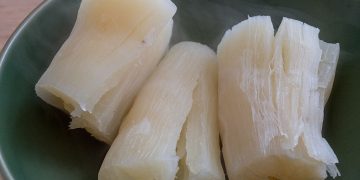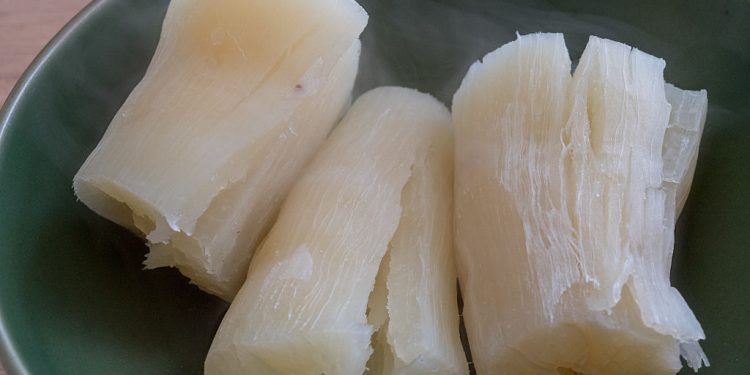#Manioc #Cassava #Yuca #Tapioca #RootVegetables #Culinary Delights #AgriculturalCrops #NutritionandHealth #FoodSafety #TraditionalCuisine
Discover the world of Manioc (Manihot esculenta), a tropical plant with significant culinary value and potential hazards. Learn about its edible roots, rich nutritional content, and the dangers associated with improper consumption. Explore the history, cultivation, and diverse uses of this plant in various cuisines around the world.
Manioc, known as cassava in Africa and yuca in South America, is a perennial tropical plant celebrated for its starchy root vegetables. It stands as a shrub, reaching up to 3 meters in height, with distinct long-stemmed leaves and thickened side roots containing up to 40% starch. Originating from the Amazon River basin, this plant has become a staple in African diets and has gained popularity globally.
The starchy roots of manioc are a vital food source, particularly in Africa. Its cultivation ranks fifth globally among agricultural crops, yielding remarkable harvests (up to 600-750 kg/ha). While it’s adaptable to various soil conditions, manioc requires a warm climate with average temperatures around 20-22°C for successful growth. Consequently, it’s often cultivated in greenhouses in regions with less suitable climates.
Manioc’s roots are rich in starch, making them valuable for producing sugar, glucose, alcohol, and acetone. Additionally, its flesh yields tapioca pearls, a delicious and nutritious product used in various culinary creations, from desserts to chips. The root’s nutritional profile includes vitamins A, C, D, E, K, and B group, along with essential minerals like potassium, calcium, iron, zinc, selenium, and magnesium. This nutritional content contributes to improved immunity, blood sugar regulation, and anti-inflammatory effects.
However, there’s a potential danger associated with consuming raw manioc due to the presence of a glycoside derivative, which can lead to the production of toxic hydrogen cyanide. To make manioc safe for consumption, it must undergo proper processing, involving thorough washing, cooking, soaking, and drying.
Cultivating manioc requires careful attention. It is primarily grown through manual labor, with cuttings of 15-20 cm length used for propagation. These cuttings are planted horizontally or vertically in soil, ensuring at least half of the cutting remains underground to prevent drying out.
In terms of varieties, manioc can be classified as sweet or bitter. Bitter varieties contain higher levels of the toxic glycoside, which is concentrated in the skin. Sweet varieties are preferred for consumption due to their lower toxicity, although proper processing is still necessary to eliminate any remaining toxins.
In essence, manioc stands as a remarkable crop with versatile uses, but its potential hazards underscore the importance of proper preparation before consumption. From traditional dishes to modern culinary innovations, manioc continues to play a significant role in global cuisine.































